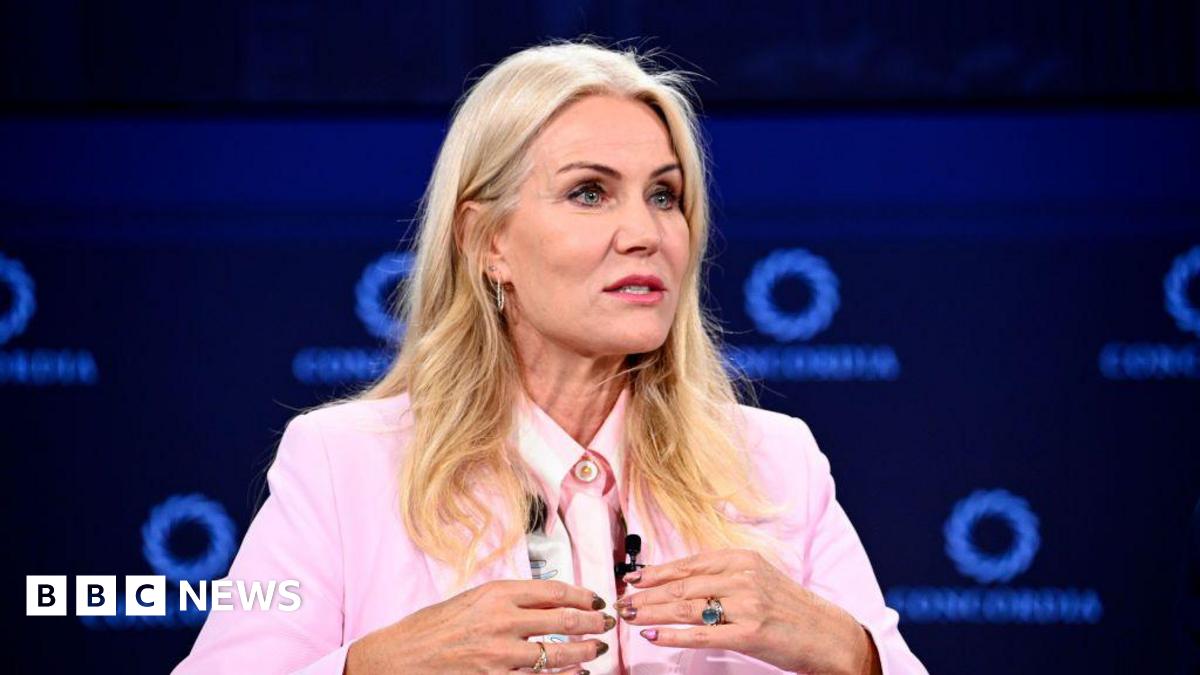The introduction of these acts has led to increased scrutiny and compliance requirements, prompting … [+]
As family offices continue to form, grow and diversify their businesses and portfolios, regulatory changes such as the Corporate Transparency Act (CTA) and the proposed ENABLERS Act are reshaping the way these entities function. This has an impact both on the operational structures that family offices use to run their day-to-day business through as well as the structures created to engage in specific investments.
The introduction of these acts and proposed changes have led to increased scrutiny and compliance requirements, prompting some family offices to reevaluate their operating models and adopt more transparent practices. This is part of a greater global shift driven by a demand for increased transparency.
Understanding The Acts
The Corporate Transparency Act passed as part of the National Defense Authorization Act in 2021, requires corporations and limited liability companies to disclose their beneficial owners to the Financial Crimes Enforcement Network (FinCEN) upon formation or registration. Essentially, the objective of the CTA is to combat money laundering, tax evasion, and other illicit activities.
The ENABLERS Act, on the other hand, centers around anti-money laundering regulations and focuses on tax advisers and professionals who enable the use of offshore tax avoidance schemes. The Act proposes to expand the definition of “financial institution” under the Bank Secrecy Act (BSA) and related obligations to “gatekeepers,” which could include professional service providers like law firms, investment advisers, payment processors, accounting firms, and others that may be used to facilitate money laundering.
Impact On Family Offices In The U.S. And Beyond
Both the CTA and the ENABLERS act have direct implications for family offices, necessitating heightened due diligence and increased transparency. As any advisor will know, due diligence and compliance are at the forefront of operations. Family offices must now ensure they maintain accurate records of beneficial ownership and avoid engaging in aggressive tax planning schemes. Failure to comply with these regulations may result in significant penalties and reputational damage.
The CTA not only applies to companies that are registered or formed in the United States, but also foreign companies that are registered to do business in the United States. This means that, while the Act’s primary focus is on U.S. companies, its scope also extends to foreign entities that have a presence in the United States. Under the CTA, these companies are also required to report their beneficial ownership information.
Furthermore, the ENABLERS Act would provide extraterritorial jurisdiction of the United States, which means that if the bill becomes law, the BSA/AML requirements could be enforced against international actors providing covered services to U.S. clients, vice versa, or both, depending on how the Treasury Secretary defines the provision’s applicability in its implementing regulations.
Five Tips For Family Offices To Stay Compliant
Whether a family office is being helmed by a principal member or an advisor, it’s worth being aware of these updated regulations and ensuring you know what questions to ask to remain compliant.
- Establish and maintain accurate beneficial ownership records: Ensure that all beneficial ownership information is up-to-date and readily accessible in case of regulatory inquiries.
- Conduct thorough due diligence on tax advisers and other professionals: Before engaging with tax advisers or other professionals, verify their credentials and track record to ensure they adhere to ethical standards and do not promote aggressive tax planning schemes.
- Implement robust internal compliance policies: Develop and maintain a strong compliance program that includes regular training for staff, clear procedures for reporting potential violations, and a well-defined escalation process.
- Adopt a risk-based approach to compliance: Assess the specific risks your family office may face and tailor your compliance efforts accordingly. This may involve heightened due diligence for higher-risk relationships or investment structures.
- Monitor regulatory developments and engage with industry peers: Stay informed about regulatory changes and best practices by participating in industry associations, attending conferences, and collaborating with other family offices.
Keeping up with regulation shifts is no small feat, but family offices might find the following resources helpful to gain a comprehensive understanding of the Corporate Transparency Act and ENABLERS Act and their implications, ensuring they are well-equipped to navigate the changing regulatory environment.
- The American Bar Association (ABA) – Corporate Transparency Act Resource Center: The ABA offers a comprehensive resource center dedicated to the Corporate Transparency Act, providing legal analysis, updates, and compliance guidance for various entities, including family offices.
- Family Office Association – Regulatory Compliance: The Family Office Association offers resources and insights on regulatory compliance for family offices. Although not specifically focused on the CTA and ENABLERS act, the association provides guidance on maintaining compliance in general, which can help family offices navigate the evolving regulatory landscape.
- Deloitte – Corporate Transparency Act: Deloitte’s insights into the Corporate Transparency Act can help family offices understand the broader implications of the legislation and how it may impact their operations. Deloitte provides practical guidance on preparing for and complying with the CTA.
Laws and regulations will always be a headache, but one way to look at the Corporate Transparency Act and ENABLERS Act is that they will prompt family offices to reevaluate their practices and prioritize transparency – which isn’t the worst thing in the world. The best defense is a strong offense and by adopting robust compliance measures and adhering to ethical standards, family offices can not only navigate the evolving regulatory landscape but continue to capitalize on a multitude of investment opportunities.
Credit: Source link











